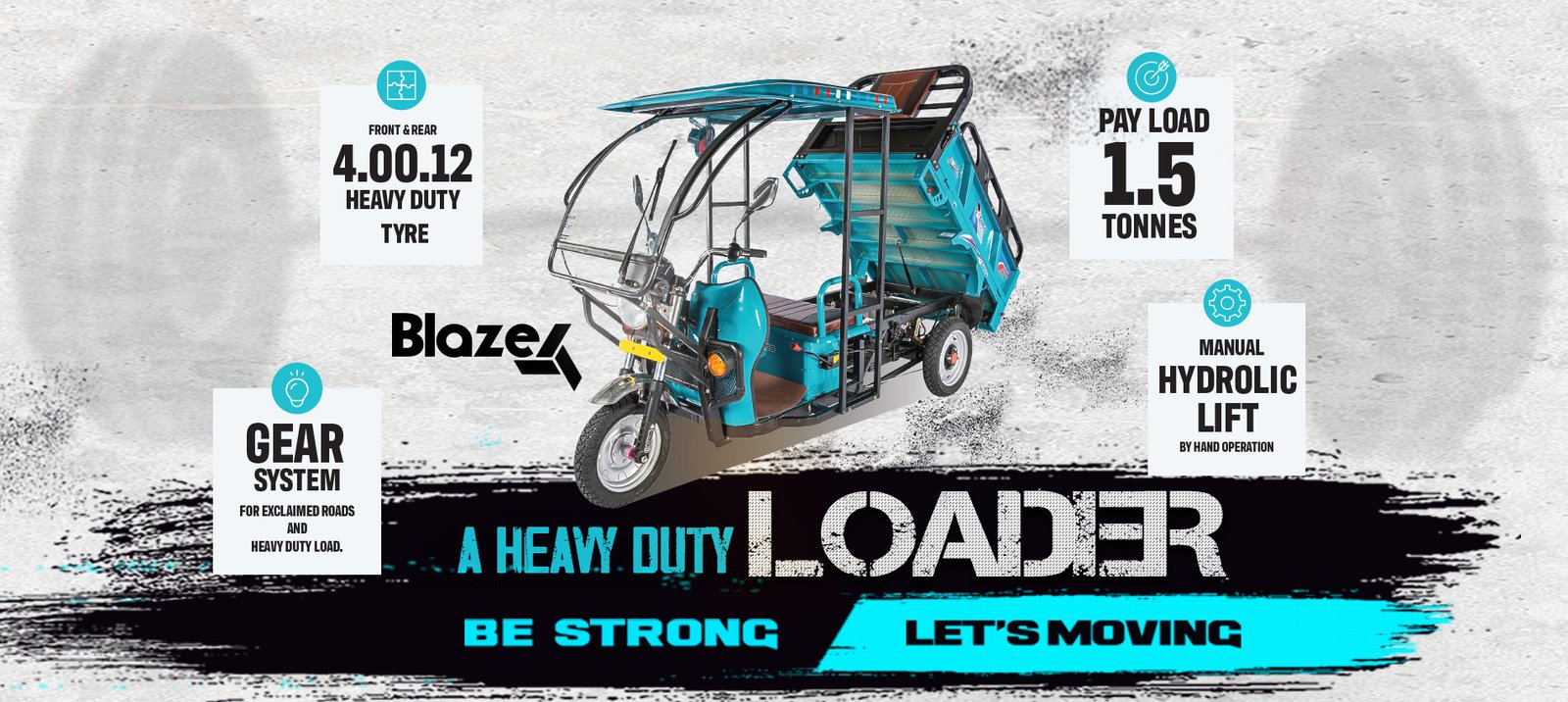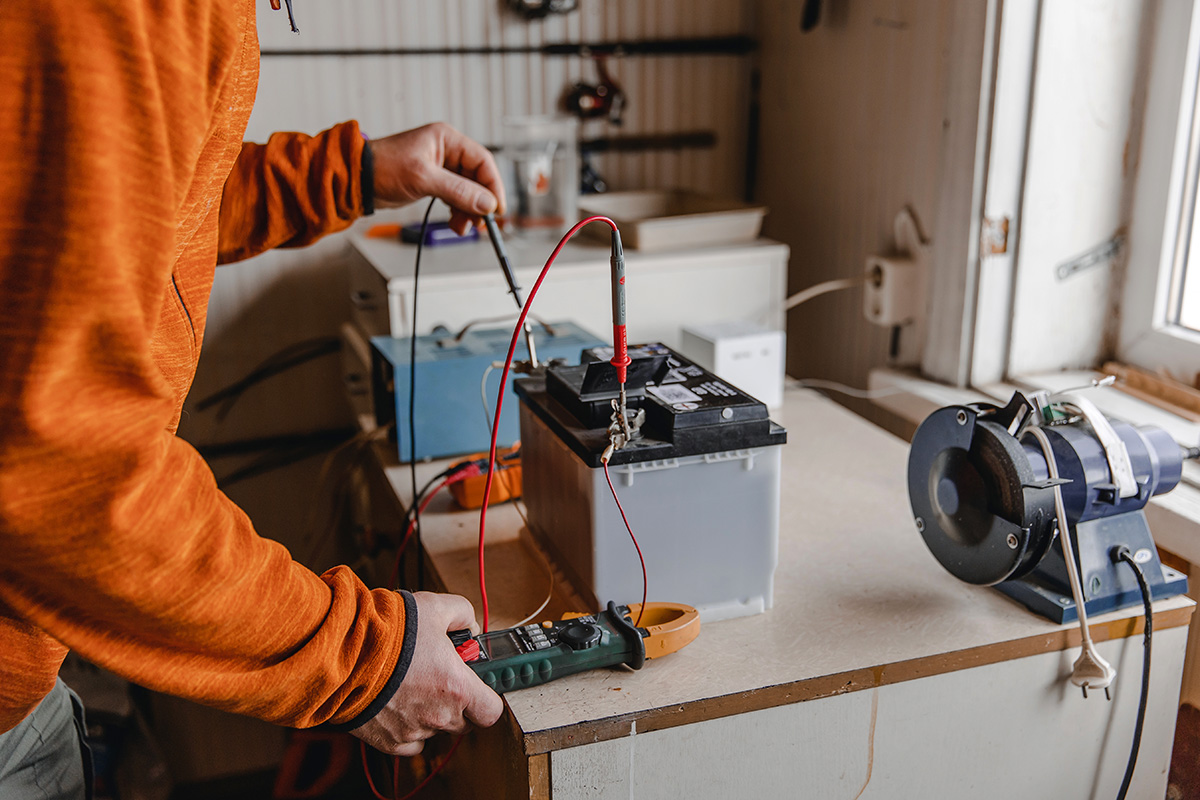Electric rickshaws, or e-rickshaws, have become increasingly popular in recent years as a cost-effective and eco-friendly mode of transportation. One of the main selling points of e-rickshaws is their impressive mileage. However, there are several factors that affect the mileage of e-rickshaws.
In this blog, we will explore the top factors that affect the mileage of e-rickshaws and how drivers can maximize their vehicle’s mileage.
Let’s get to know some of the top factors that affect the mileage of E-Rickshaws:-
Battery Capacity:

One of the most critical factors that affect e-rickshaw mileage is the capacity of the vehicle’s battery. A higher battery capacity means that the vehicle can travel to longer distances on a single charge, resulting in higher mileage. The battery capacity of e-rickshaws is directly proportionate to the mileage of the vehicle.
Driving Style:
Another crucial factor that affects the mileage of e-rickshaws is driving style. Drivers who are heavy on the accelerator and brakes tend to get lower mileage compared to those who drive a more economically. Drivers should aim to maintain a consistent speed and keep their speed moderate to maximize e-rickshaw mileage.
Terrain:
The terrain on which the vehicle is being driven also has a significant impact on e-rickshaw mileage. E-rickshaws tend to get better mileage on flat terrain than on hilly terrain. This is because travelling uphill requires more power from the vehicle, which results in more energy consumption and, lower mileage.
Load Capacity:

E-rickshaw mileage is also affected by the load capacity of the vehicle. The heavier the load the vehicle is carrying, the more energy it will consume, resulting in lower mileage. Drivers should ensure that they don’t exceed the maximum load capacity of the vehicle to get the best possible mileage from their e-rickshaws.
Weather Conditions:
Weather conditions can also have an impact on the mileage of e-rickshaws. Extreme weather, such as excessive heat or cold weather, can cause the battery’s efficiency to decrease, resulting in lower mileage. Drivers should aim to park their vehicles in a shaded area to ensure the battery stays cool.
Maintenance:

Proper maintenance is crucial to the performance and lifespan of any vehicle, including e-rickshaws. Regular servicing can improve the mileage of e-rickshaws by keeping all the components functioning correctly, such as brakes, wheels, and engine. Additionally, changing the vehicle’s tires to low rolling resistance tires can significantly increase e-rickshaw mileage.
Conclusion
E-rickshaw mileage is affected by several factors such as battery capacity, driving style, terrain, load capacity, weather conditions, and maintenance. By taking these factors into account, e-rickshaw drivers can maximize their vehicle’s mileage, which results in lower operating costs and higher profitability.
At Sodyco, we manufacture high-quality e-rickshaws and spare parts designed to meet the diverse needs of drivers and passengers while also providing exceptional mileage. Contact us today to learn more about the comprehensive range of e-rickshaws and spare parts we offer and how we can help you maximize your vehicle’s mileage.
If you liked our blog,‘Top Factors that Affect the Mileage of E-Rickshaws’, be sure to check out our other blogs by clicking here.




